Sydney is perhaps the most famous city in Australia. With the iconic Sydney Opera House, beautiful gardens and fantastic restaurants and museums, it’s a must-visit on any Australia itinerary. Not to mention its close proximity to sandy beaches and mountainous national parks – you’ll never be short of things to do.
This post contains affiliate links, meaning I may get a small commission but at no extra cost to you.
A walking tour is a great way to become acquainted with a new city. This self-guided walking tour takes you around the main sights of Sydney in around 1.5 hours. The route is almost circular so you can start at any point closest to your accommodation. We stayed in Siesta Sydney which is halfway between the start and end point.
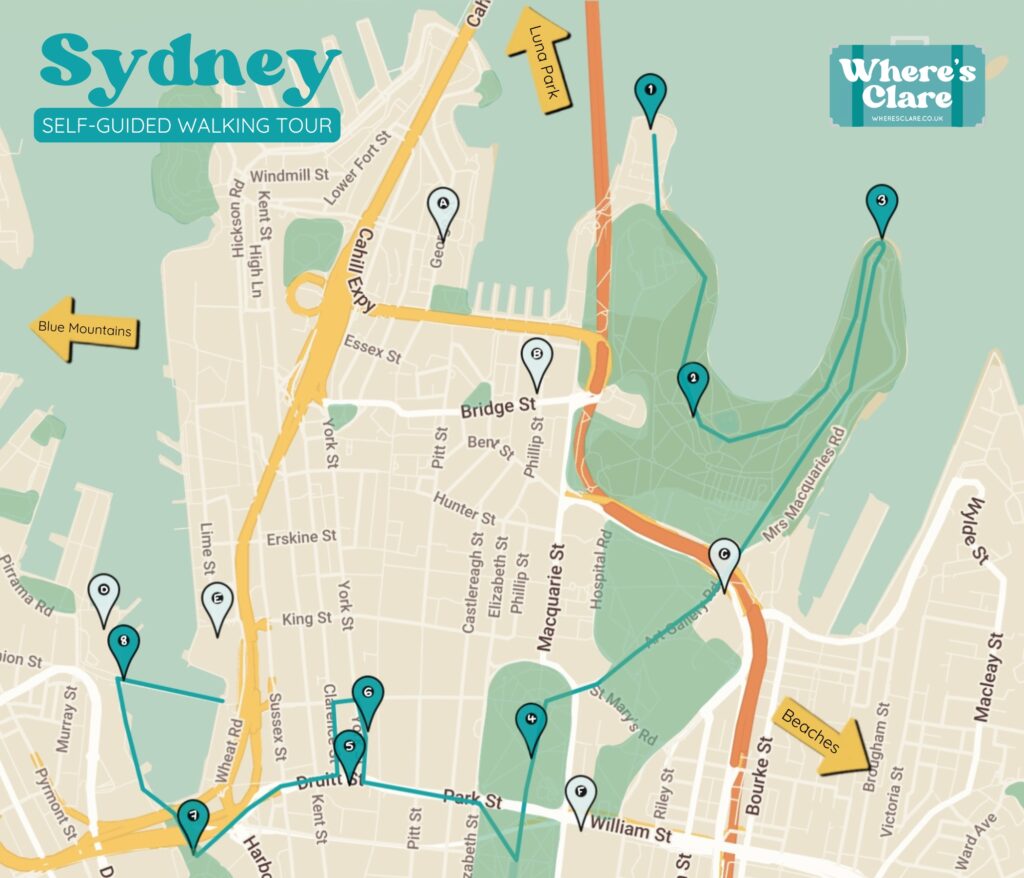
1. Sydney Opera House
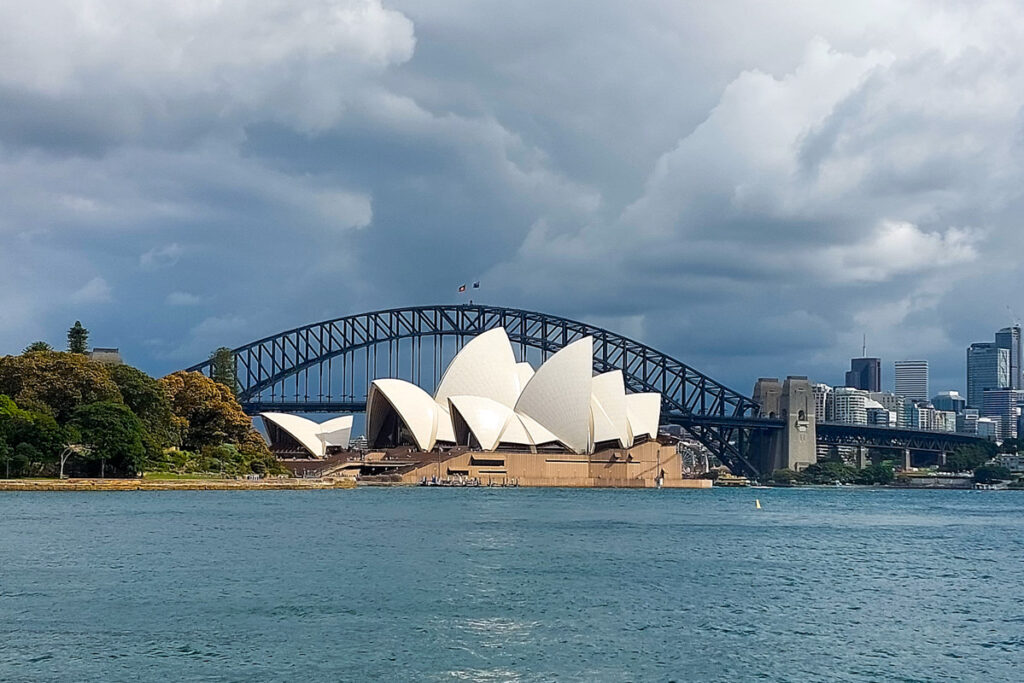
The tour of course begins with the iconic Sydney Opera House. The Opera House has stood in Sydney for over 50 years but it was due to be opened much earlier. Difficulties in construction, rising cost and the original architect resigning delayed the project by 10 years. It eventually opened in 1973 and has since been designated a UNESCO World Heritage Site.
The city has always regarded the site of the Sydney Opera House as an important point for the city. It was once home to an aboriginal man named Bennelong who was captured by some of the first British settlers. Beneelong learned to speak English and eventually escaped but returned to become a liaison between the governor and the aboriginal people. They built a small house for him on a site which was later known as Bennelong Point and is now the home of the Sydney Opera House.
2. Botanical Gardens
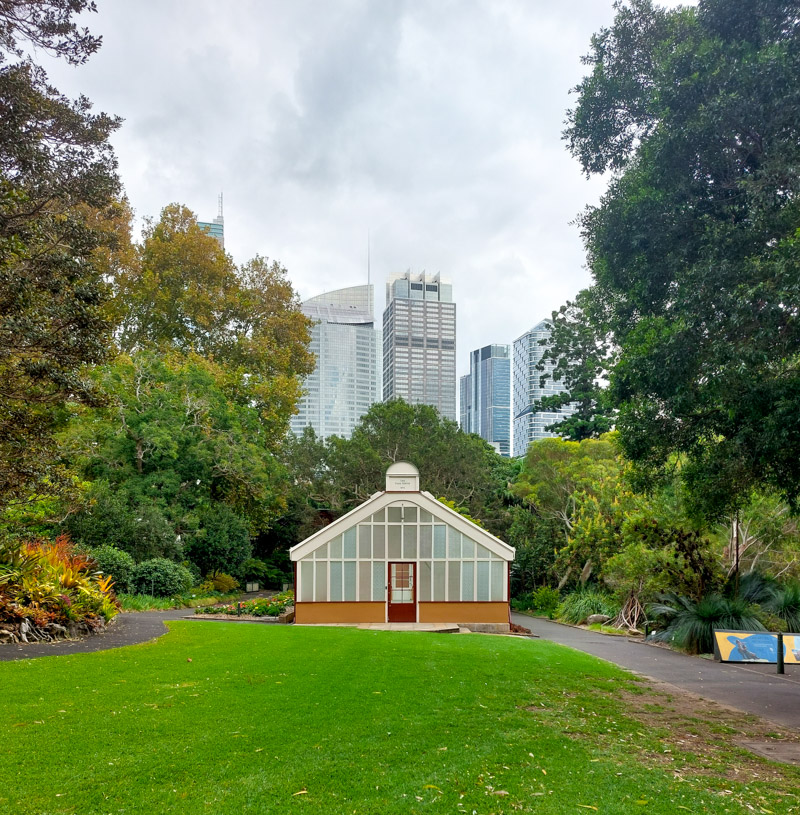
After you’ve visited the Opera House, stroll through the Royal Botanic Gardens. The botanic gardens cover a huge area and there is lots to explore. If you have plenty of time, do wander around and discover the different areas of the gardens such as the succulent garden, the wildflower meadow and the palm grove. If you don’t have much time to veer off track, follow the path along the coast for the most direct route to the next stop.
Either way – look out for the wildlife around. You will probably see a few tall white birds with a black head and long, curved, black beak. This is the Australian White Ibis! They’re now very common around Australian cities and have even been given the nickname ‘bin chickens’ due to their scrounging nature. Perhaps it’s just the novelty of them for me, but I think they’re much more interesting than usually pigeons and seagulls we would find in the UK!
3. Mrs Macquarie’s Chair
Along the seafront path to our next stop – Mrs Macquarie’s Chair – you’ll get a great view of the Opera House and the Sydney Harbour Bridge. If you’re from the North East of England, the bridge might look familiar to you. It looks remarkably similar to the Tyne Bridge in Newcastle Upon Tyne because it was built by the same engineering company, around the same time. Construction was started on the Sydney Harbour Bridge first by the Tyne Bridge was the first to be completed in 1928. The Sydney bridge was finished four years later in 1932.
After taking in the views, you’ll round the corner to reach Mrs Macquarie’s Chair. Here you will find a bench carved from stone. This was created in 1810, for Elizabeth Macquarie, the wife of the Govenor of New South Wales, who enjoyed taking in the view at this spot.
From Macquarie Point, head back into the gardens south towards Hyde Park.
4. Hyde Park
As you leave the Botanic Gardens, you’ll pass by St Mary’s Cathedral as you enter Hyde Park. Hyde Park is the oldest park in Australia. Over the years it has been used for horse racing, cricket matches and political meetings.
One of the main features of the park is the Anzac Memorial. The memorial is dedicated to Australian and New Zealand Army Corps who fought in World War I. You will also see a monument in the shape of several huge bullets. This is for the Aboriginal and Torres Strait Islanders who served in the military. There are several other monuments and memorials around the park.
5. Town Hall
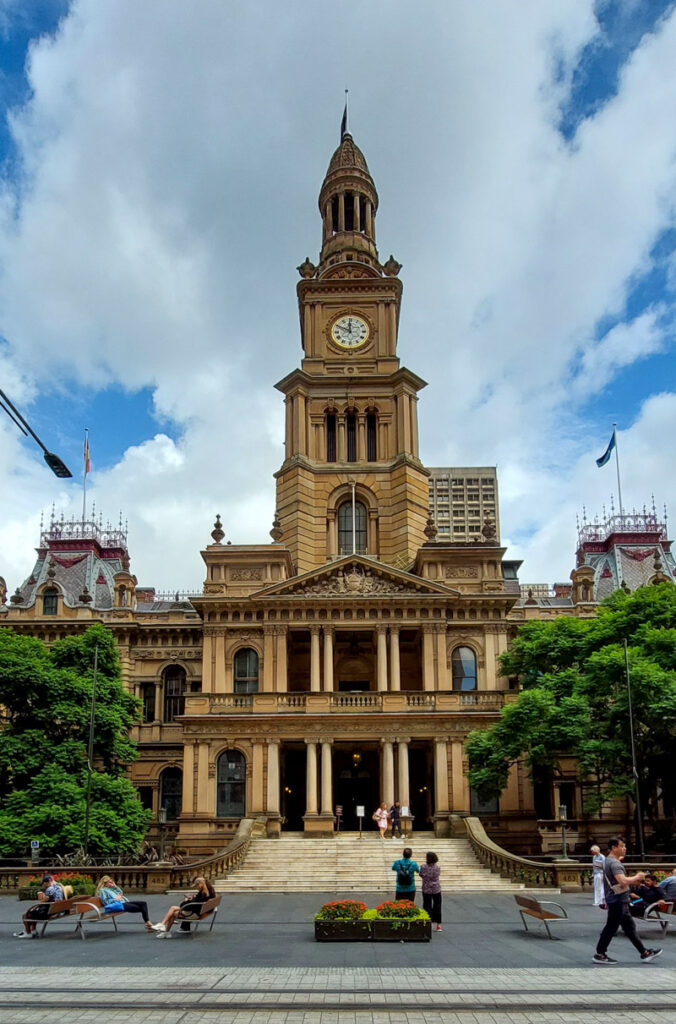
When leaving Hyde Park, walk west along Park street until you reach the Town Hall. You’ll know when you reach the town hall as the decorated sandstone building with its tall clock tower stands out against the modern glass buildings around it. The hall was built in the late 1800s, oddly it was built over the site of Sydney’s first permanent cemetery! Today, the town hall is still used by the city council offices.
6. Queen Victoria Building
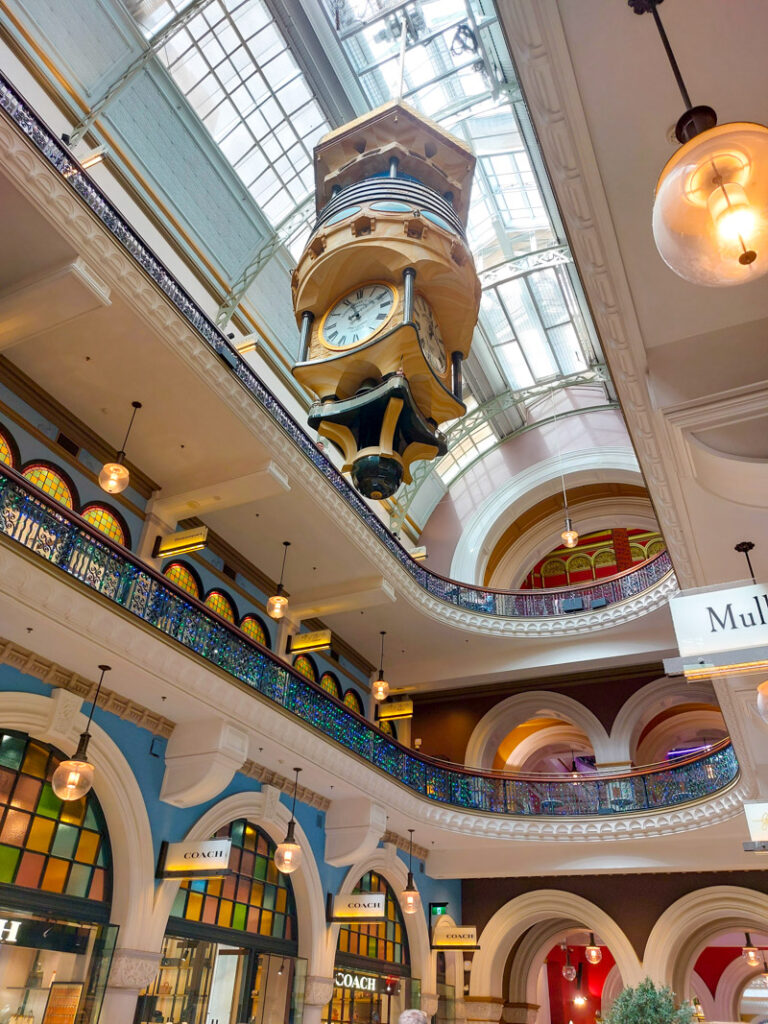
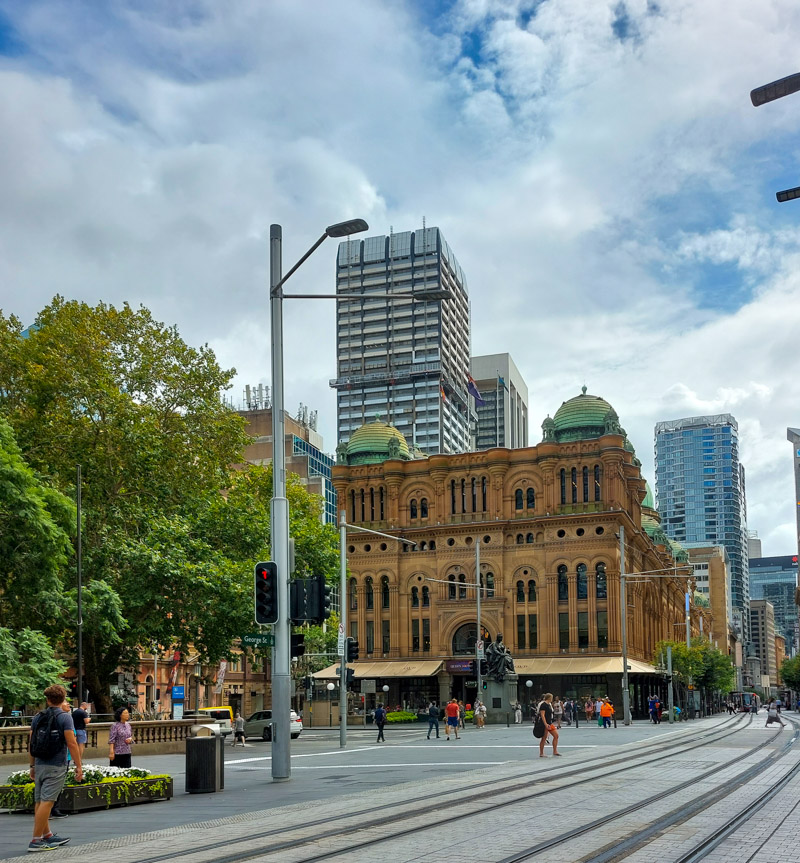
Just over the street from the Town Hall is the magnificent Queen Victoria Building. This colossal building was constructed shortly after the town hall, also during the reign of Queen Victoria, hence the name. It was designed as a marketplace and whilst it is still a centre of commerce today, it has been transformed into a much more upmarket shopping centre, filled with luxury stores, rather than market stalls. Even if you’re not looking to shop, it is definitely worth wondering through to see the impressive interior galleries set over three floors.
7. Darling Harbour
To reach the next stop of Darling Harbour, walk along Druitt Street to Tumbalong Park. Here you will find the Chinese Garden of Friendship and the Darling Harbour Carousel. Once you have explored the park, head towards the water and walk along the western edge (with the water on your right) to soak in the views on your way to the west side of the Pyrmont Bridge.
8. Pyrmont Bridge
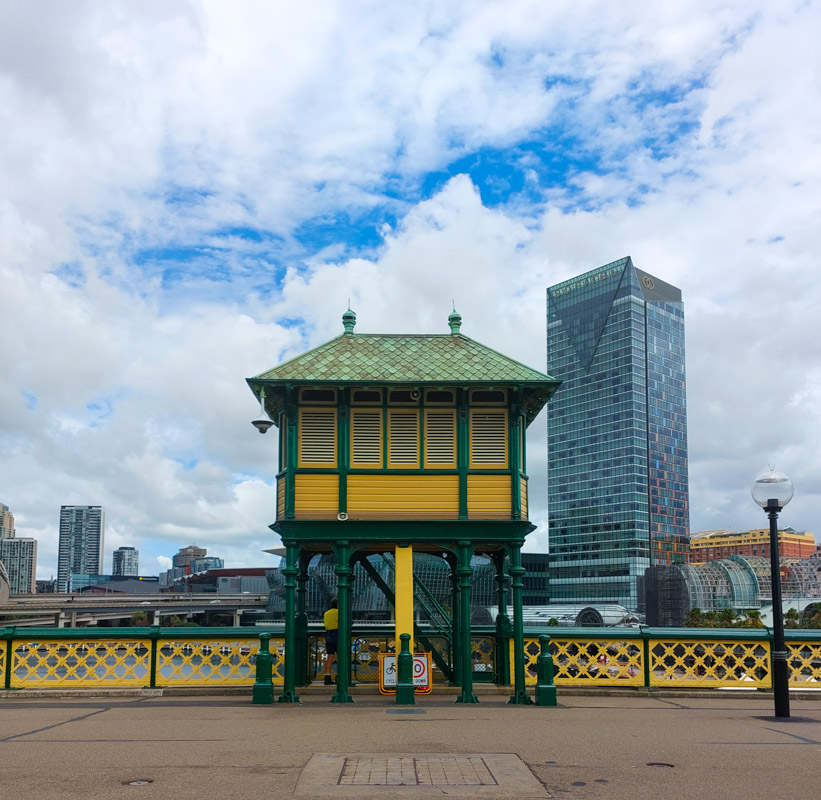
Pyrmont Bridge is one of the oldest swing bridges in the world. It’s current iron structure was open in 1902 to allow some of Sydney’s first cars to cross the harbour into the city. For the last 40 years however, pedestrians and cyclists have exclusive access to the bridge. So feel free to take a leisurely stroll across the heritage-listed bridge back into the city centre.
More Things to Do in Sydney
This marks the end of our short walking tour, but hopefully not the end of your time in Sydney as there is plenty more to explore! Where we end along the harbour, there are plenty of bars, restaurants and attractions so it’s a handy place to finish the walking tour. You will also not be far from the centre of Sydney and around a 30 minute walk from our starting point of the Sydney Opera House. Here is a quick list suggestions for attractions to visit in Sydney:
SEA Life Sydney Aquarium and WILD Life Zoo
Both animal attractions are in Darling Harbour so ideal for your next stop after the walking tour. If you aren’t venturing into wilder areas of Australia this could be a great opportunity to see some of the country’s unique creatures. The aquarium and zoo are separate but you can buy combo tickets.
Australian National Maritime Museum
Also situated in Darling Harbour, is the free-entry Maritime Museum. Here you can find exhibits on sea life, migration, replica boats and maritime archaeology.
Art galleries
If you enjoy art, there a few galleries to explore in Sydney, several which are on this walking route. The Museum of Contemporary Art is near the start of the walk, in The Rocks area, near the Opera House. The Art Gallery of New South Wales which houses a mixture of contemporary, modern and indigenous art, is located just outside the Botanic Gardens, on the way to Hyde Park.
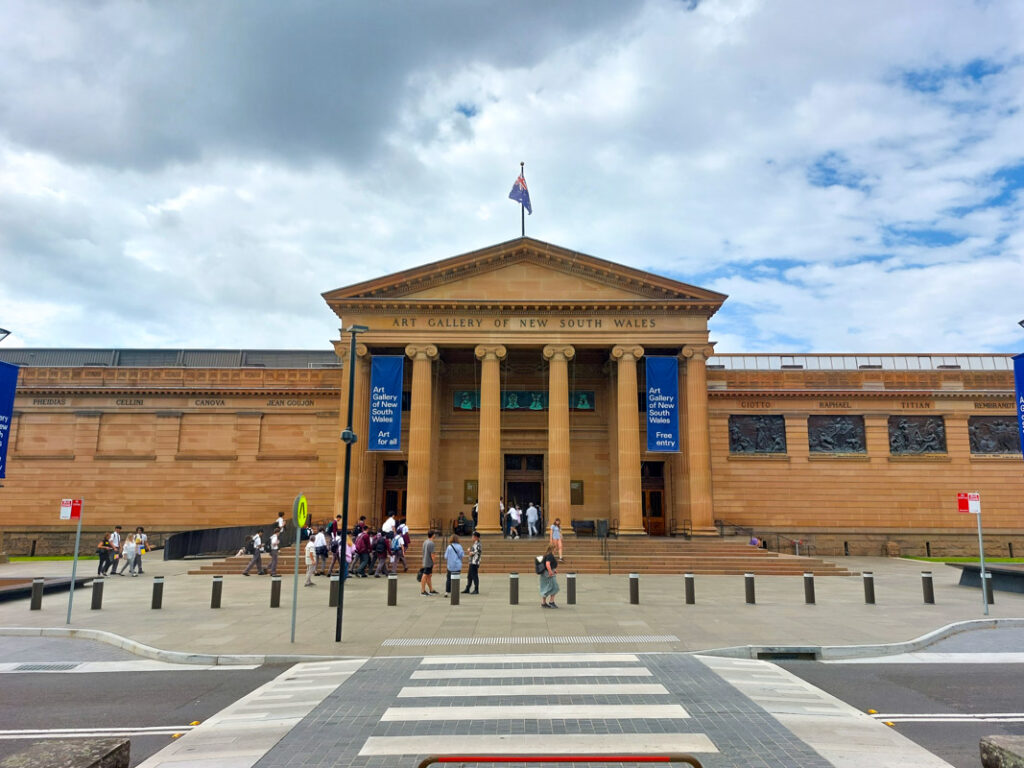
Australian Museum
Sydney’s Australian Museum is one of the oldest natural history museums in the world. Over time it has evolved into much more and now also houses exhibits on science and culture, covering topics from around the world, not just Australia. General admission to the museum is free.
Luna Park
A well known amusement park, operating across the Sydney Harbour Bridge on and off since 1935.
See a show or tour the Sydney Opera House
Whilst this self-guided walking tour will take you to the Opera House, you may also wish to explore inside. Take a look to see whats on whilst you’re in Sydney and consider going to see a show. If opera isn’t for you, don’t worry, there is a range of theatre, comedy and concerts at the opera house. If the shows don’t take your fancy, you can also book a tour.
Day trips from Sydney
Bondi Beach
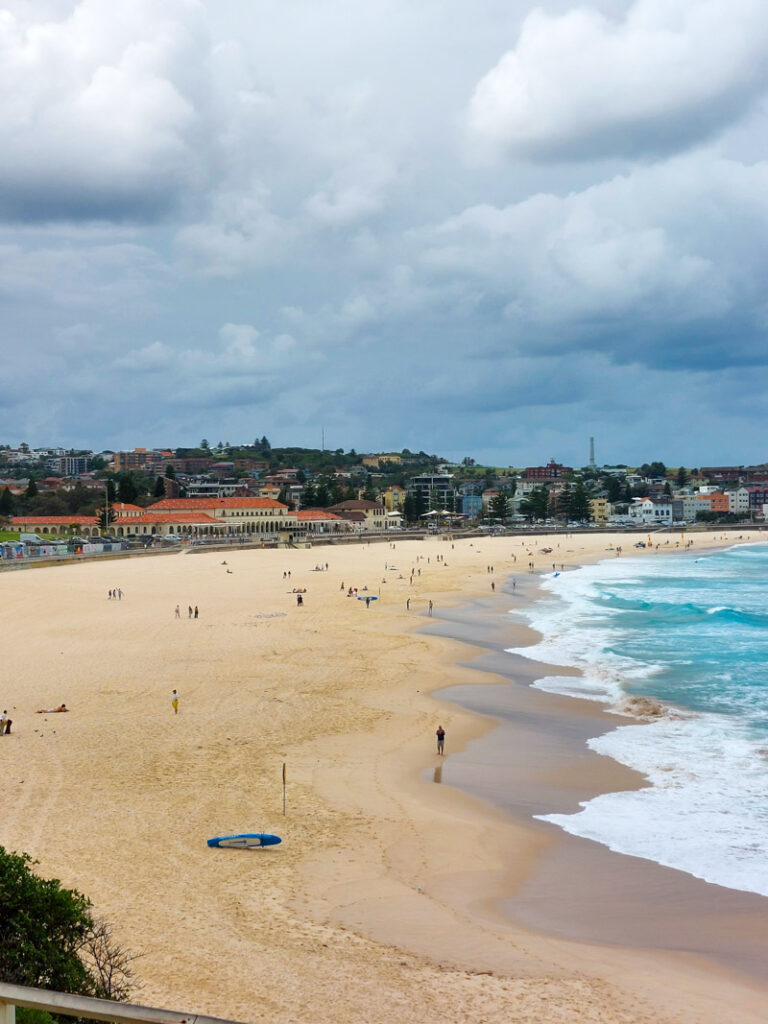
Bondi Beach is a popular coastal area not far from Sydney. There are plenty of things to do there both in the water and on land, you could easily stay there and fill a few days. However, it’s also easy to see in a day trip from Sydney as it’s only 30 minutes by bus from Sydney.
Coogee
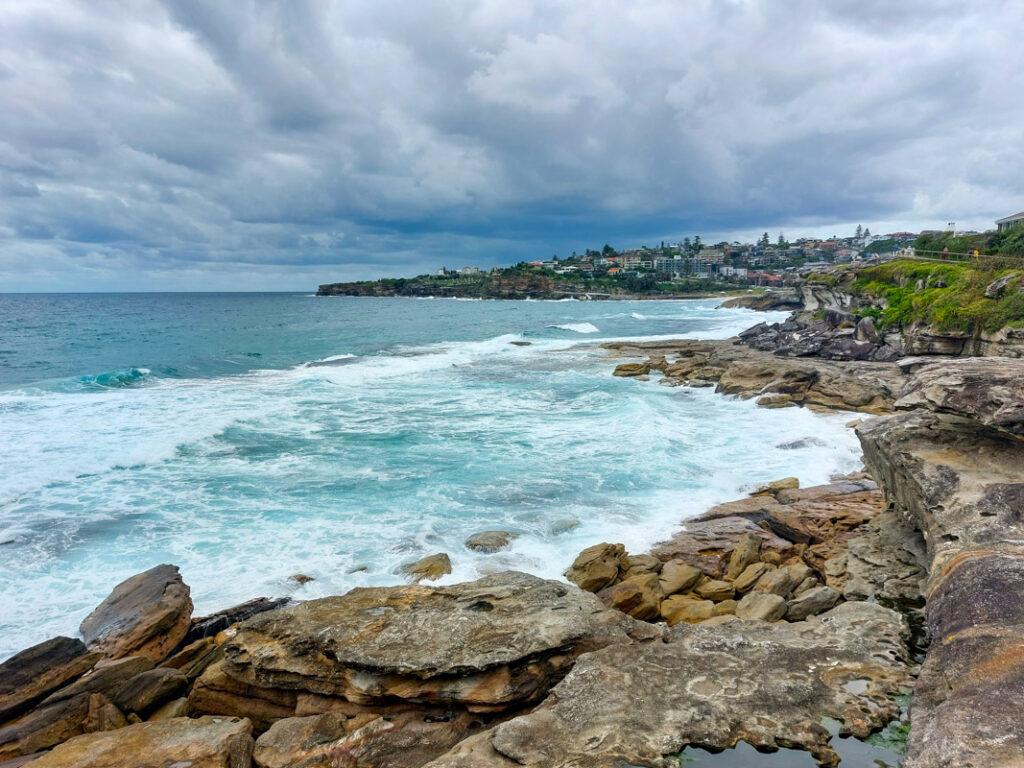
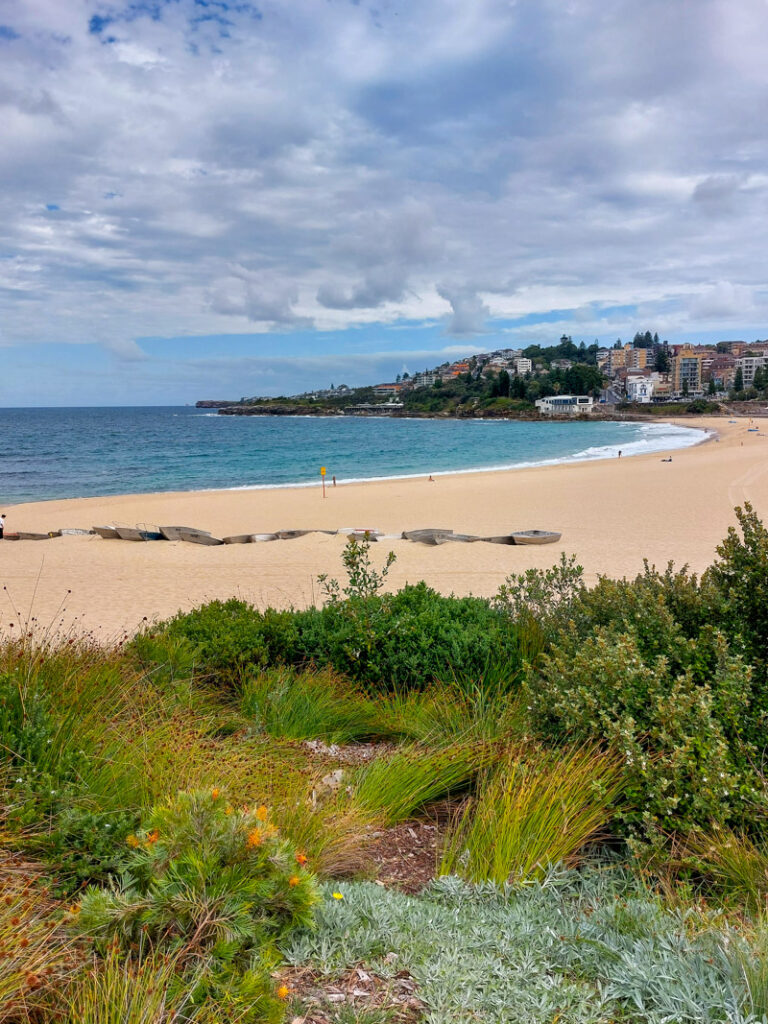
Coogee is another beach, a short distance from Sydney. The town is a little quieter than Bondi and the sea is calmer there too as it is slightly sheltered by a small island. Although Coogee is easy to get to by public transport, I think the best way to get there is to do the Bondi to Coogee Coastal Walk. This trial hugs the coastline, taking you along the cliffs to explore bays and beaches with some excellent sea views. If you’re lucky, you might even spot whales! The walk is 6km one way and takes around 1.5-2 hours, longer if you make stops along the way to explore.
Blue Mountains National Park
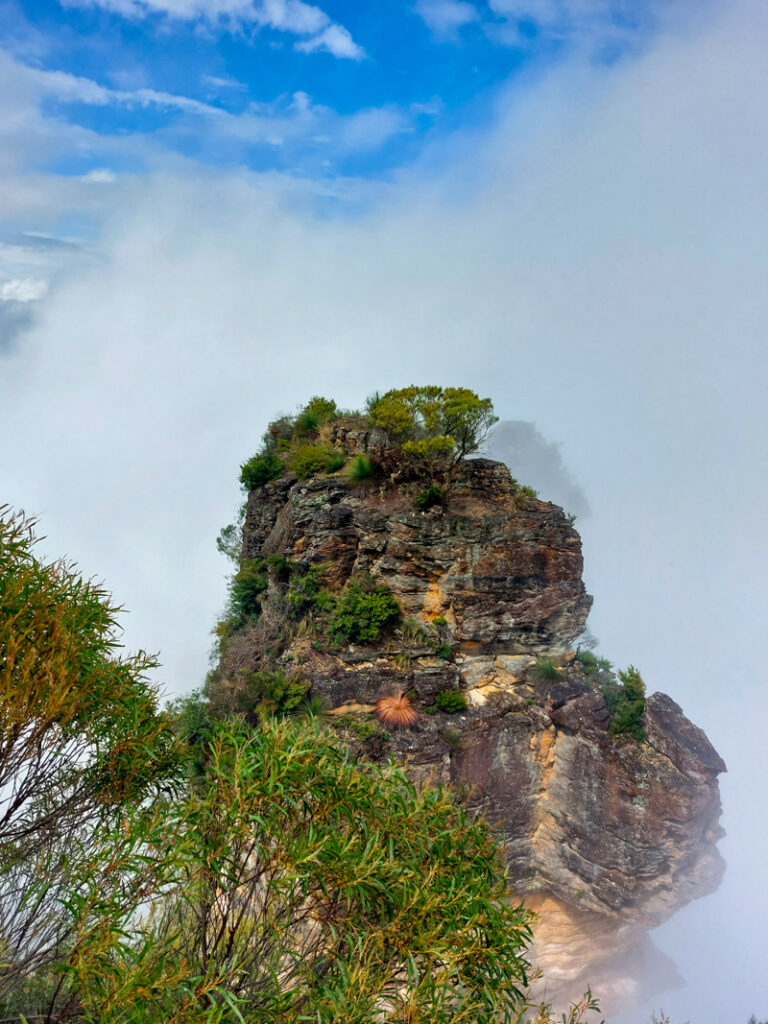
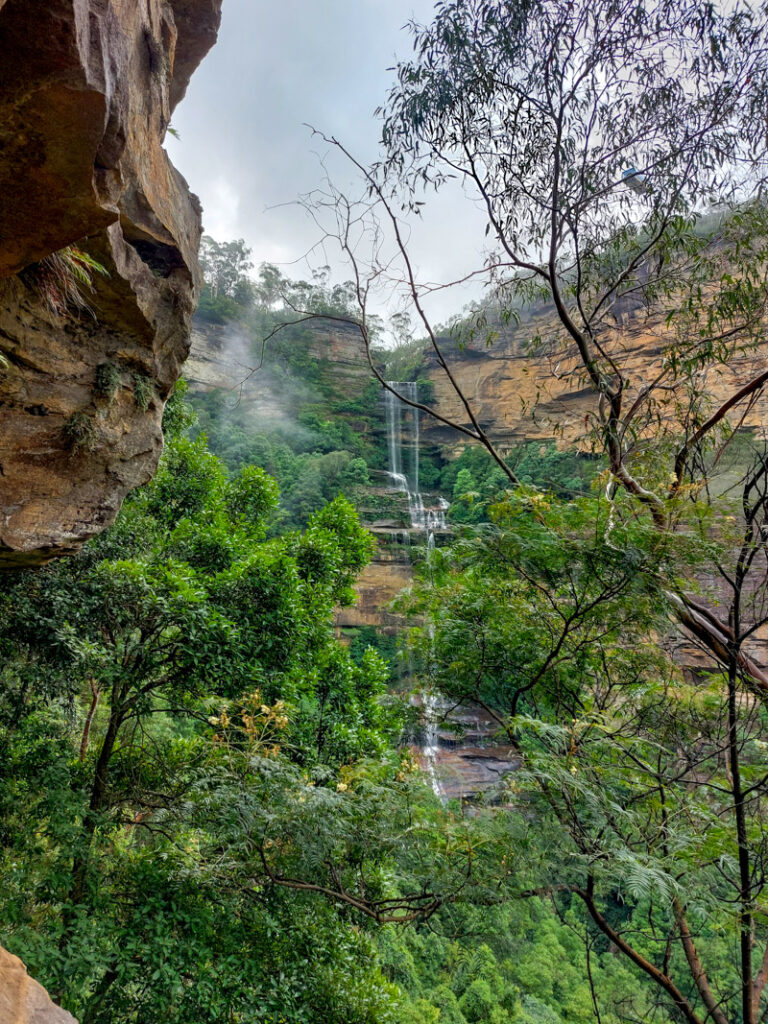
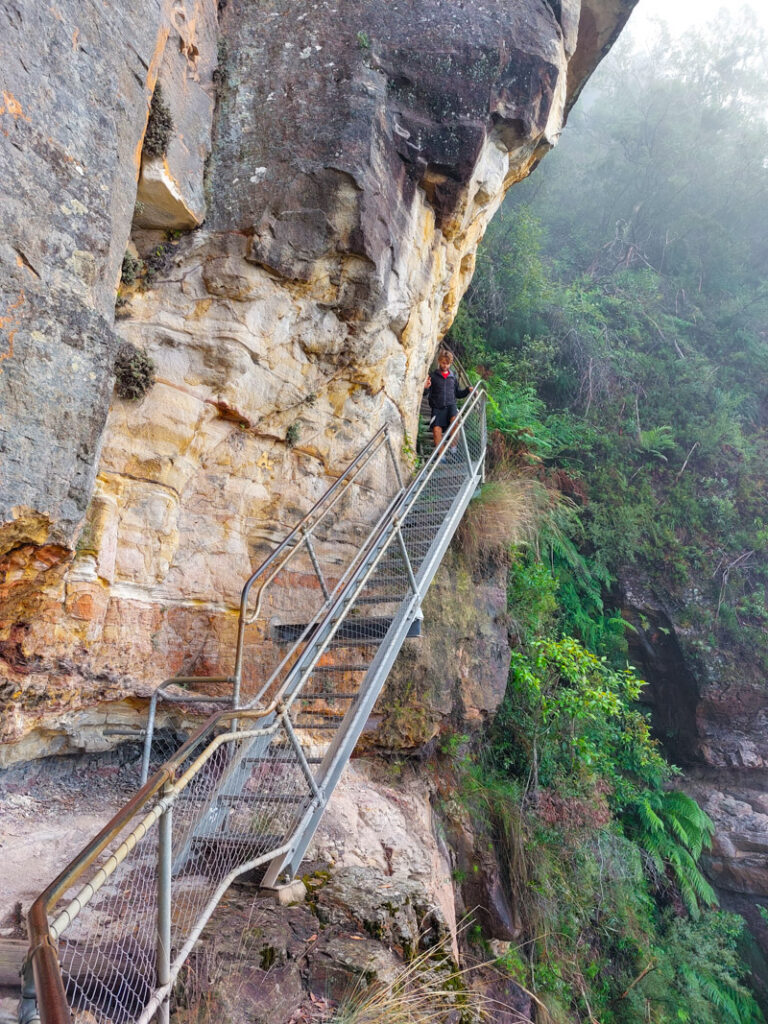
Australia’s Blue Mountains National Park is less than an hour from Sydney but feels like you are entering another world. The park is covered in forests, swamps and waterfalls. It is best known for the Three Sisters Rocks, three rock columns that have withstood erosion over millions of years.
Top tip: check the weather forecast before you go! We went on an extremely foggy day and didn’t manage to catch a glimpse of the three sisters but there were still other parts of the park we could enjoy.
Just next to the lookout point for the sisters (Echo Point), you will find the Giant Stairway which descends 800 steps into the forested valley. It took us around 30 minutes to reach the bottom but don’t worry, you don’t need to walk back up the steps! From there we followed the signs to Ferber Steps and Katoomba Falls. We did eventually have to walk back up but the steps were a little easier near the waterfall and were broken up with views of the falls!
Blue Mountains can be reached by train from Sydney to Kootomba. Take the train from Sydney Central Station to Katoomba, this takes around 2 hours, so I suggest leaving early. From Katoomba station you can either get the B686 bus or walk 30 minutes downhill to Echo Point Visitor Information Centre to enter the park from there. We chose to walk as it took us through the centre of Katoomba so we got to see some of the town too – lots of independent cafes and music shops!

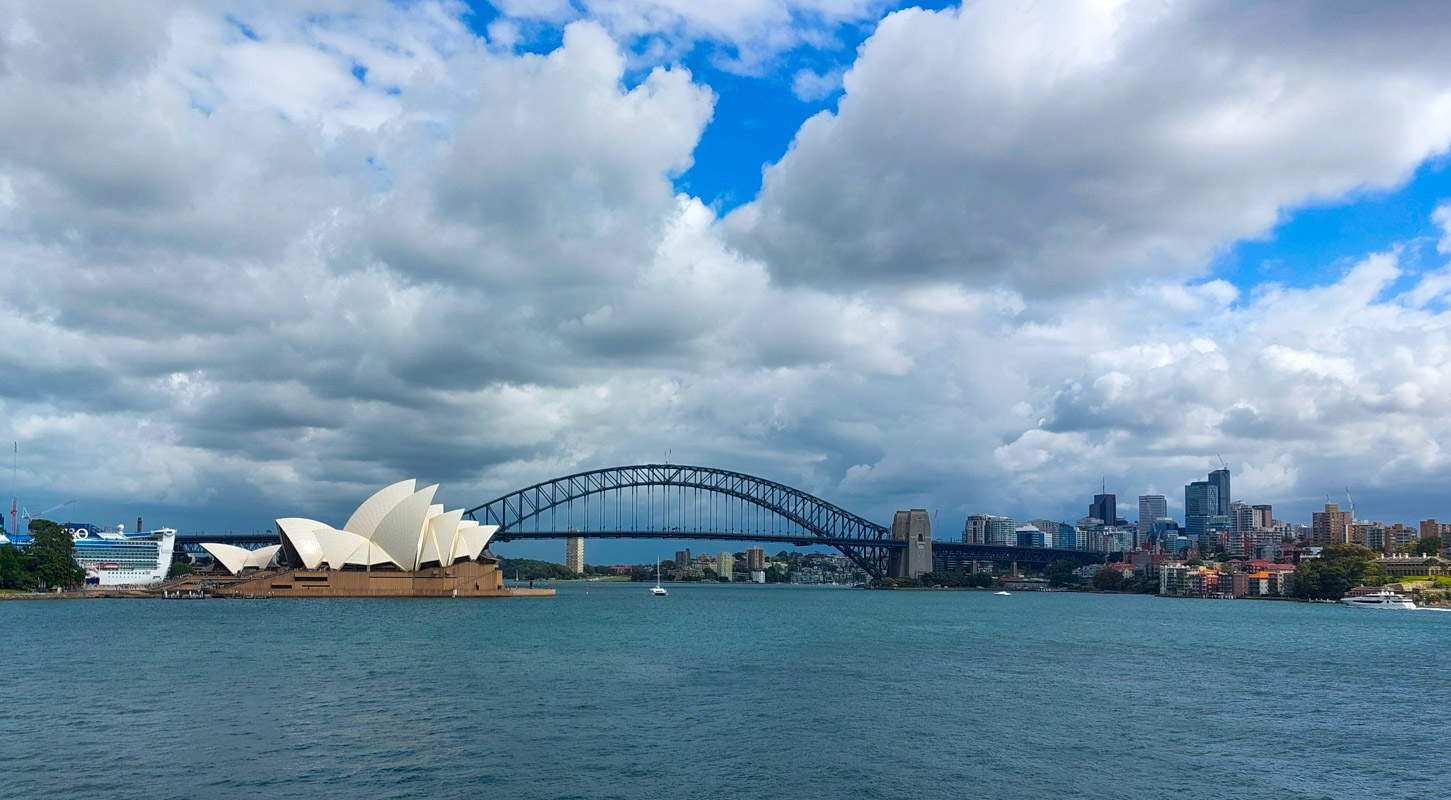
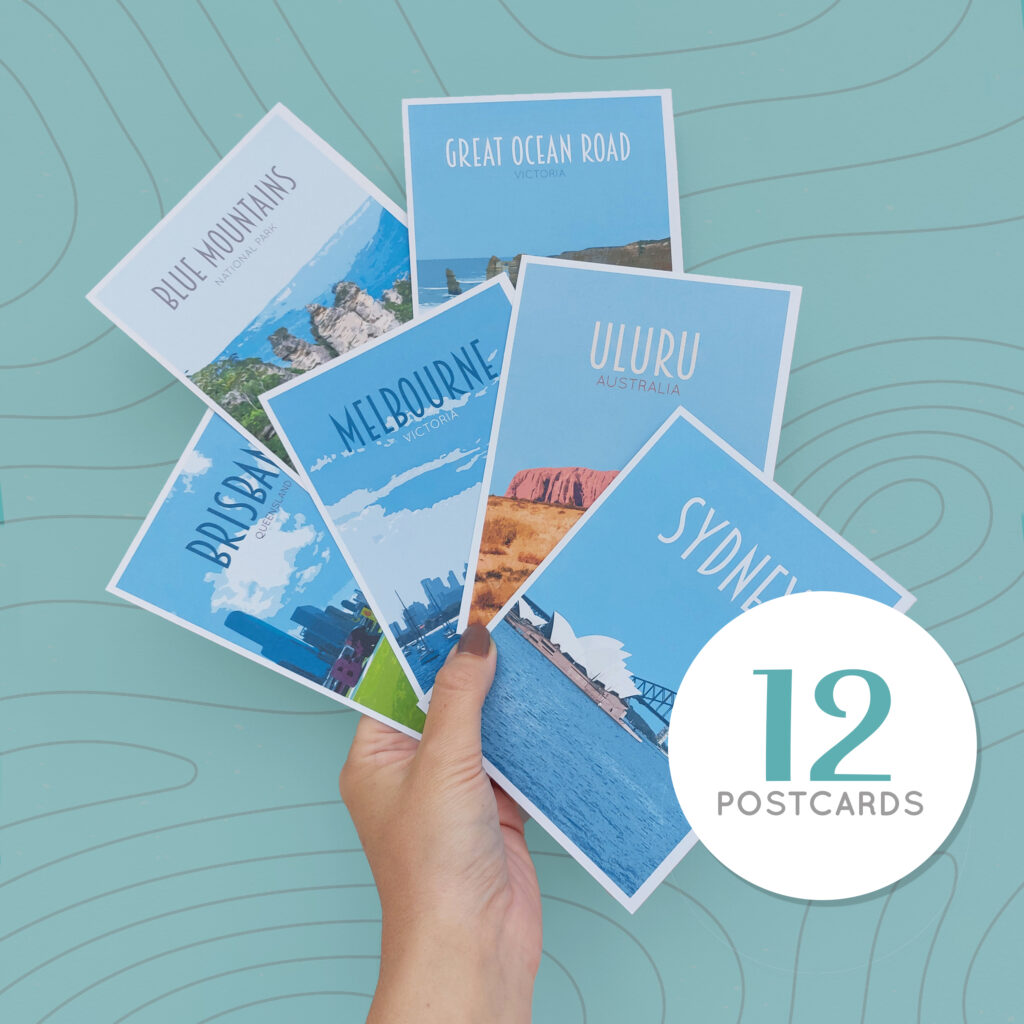
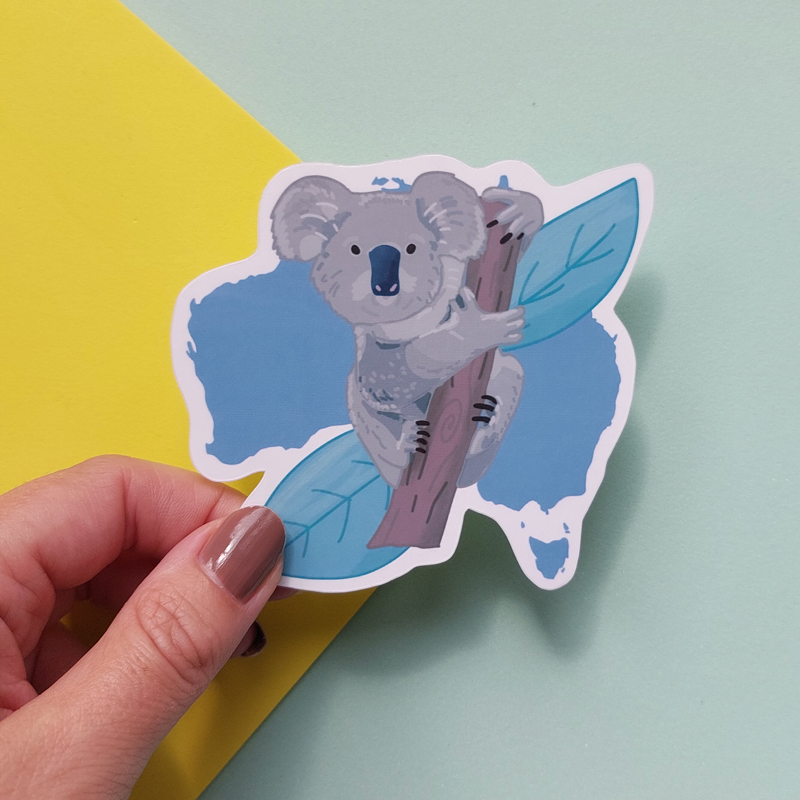
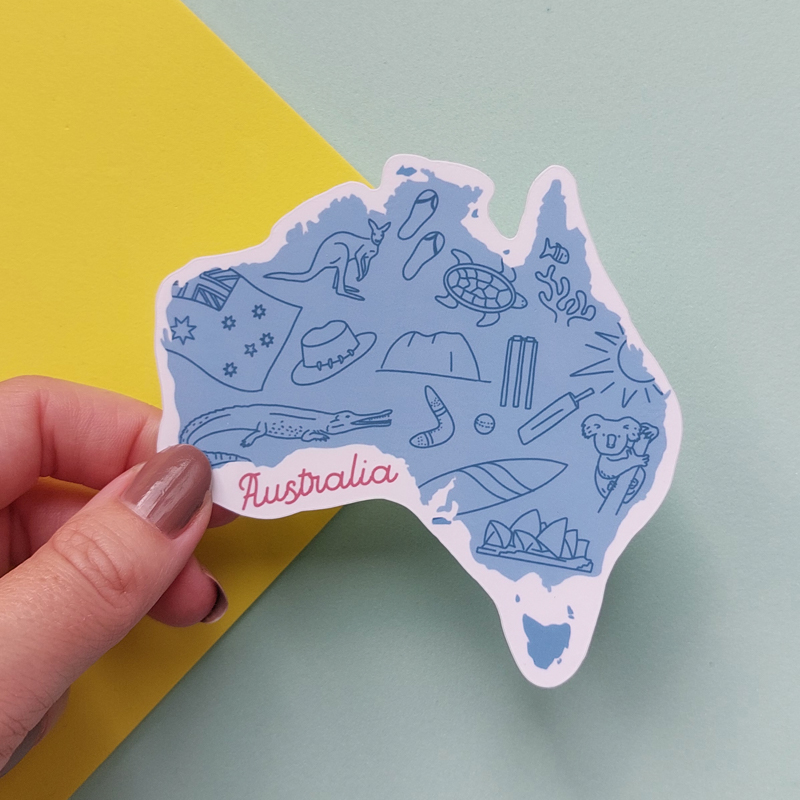
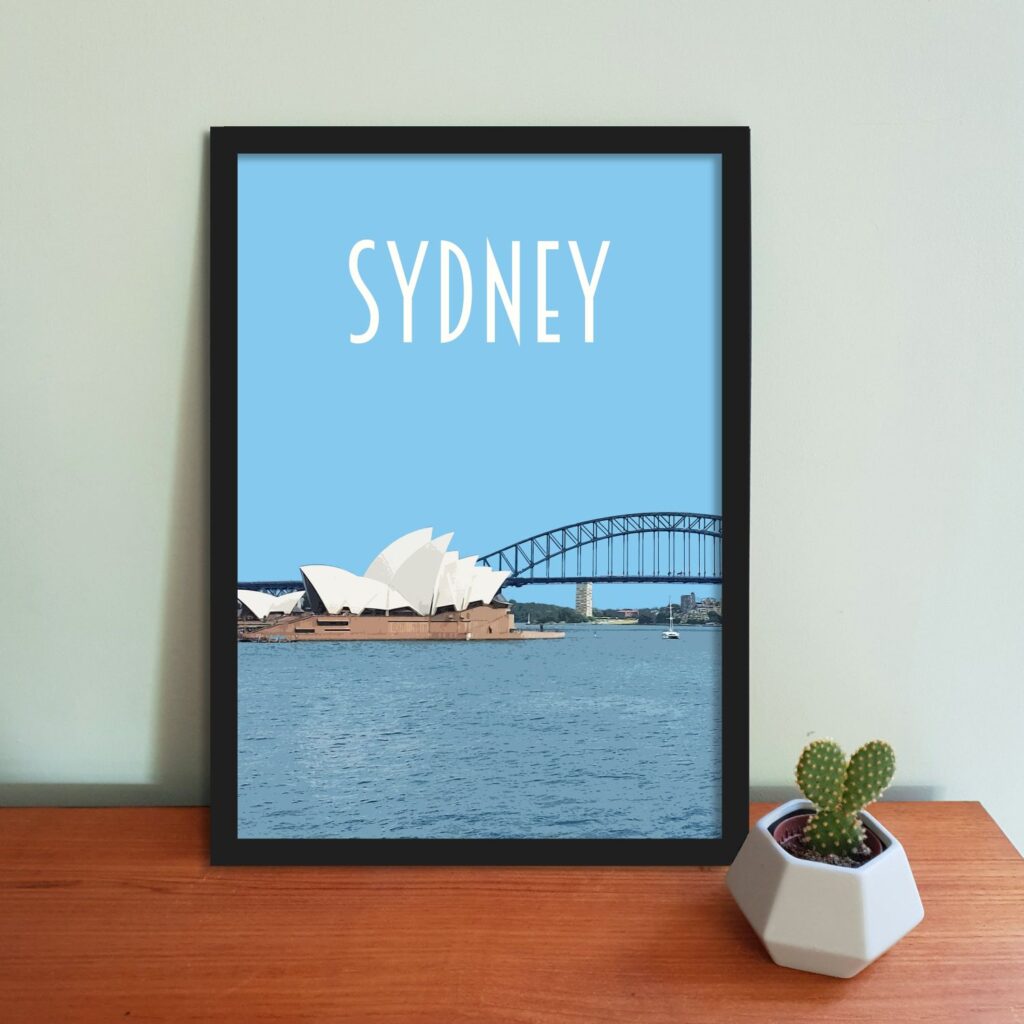
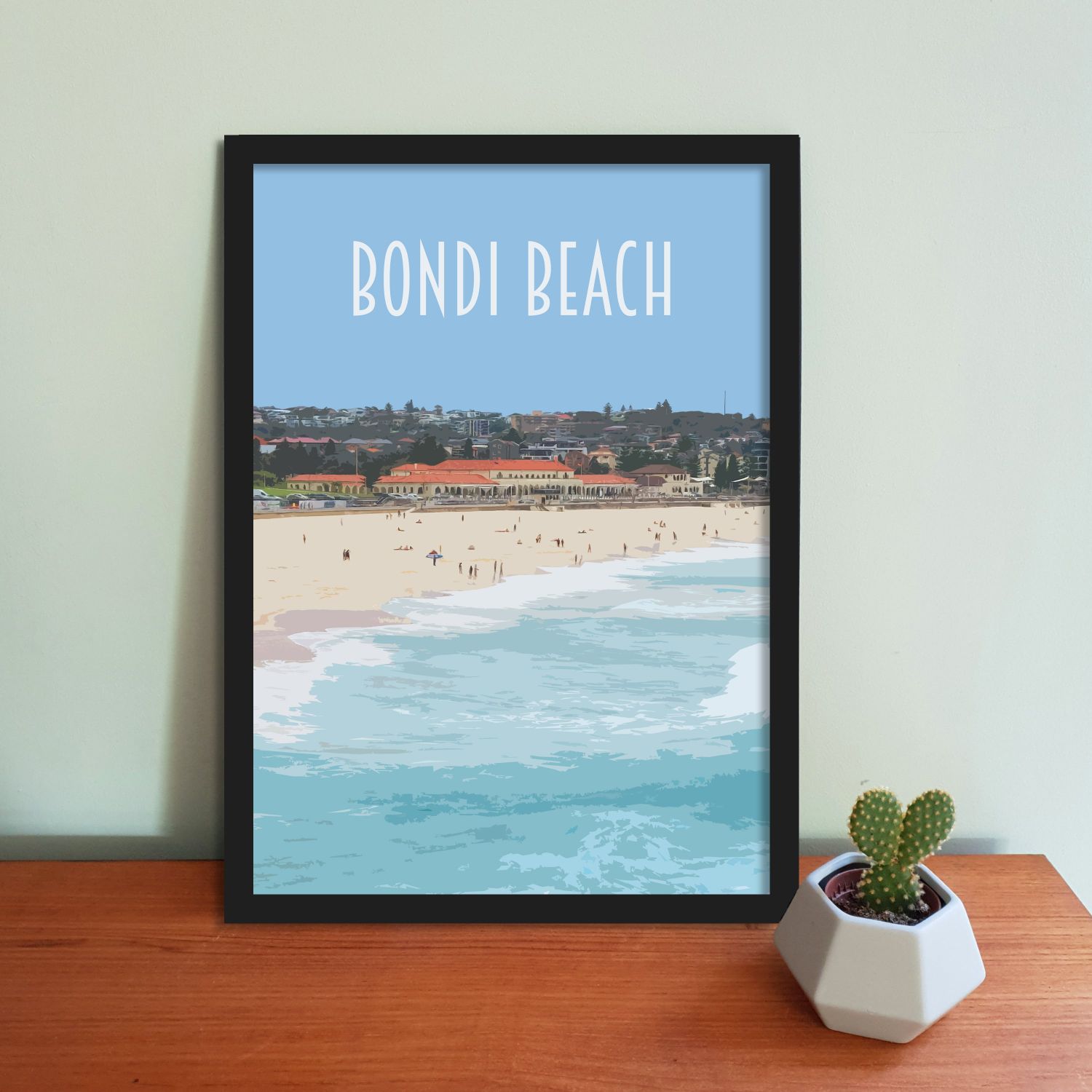
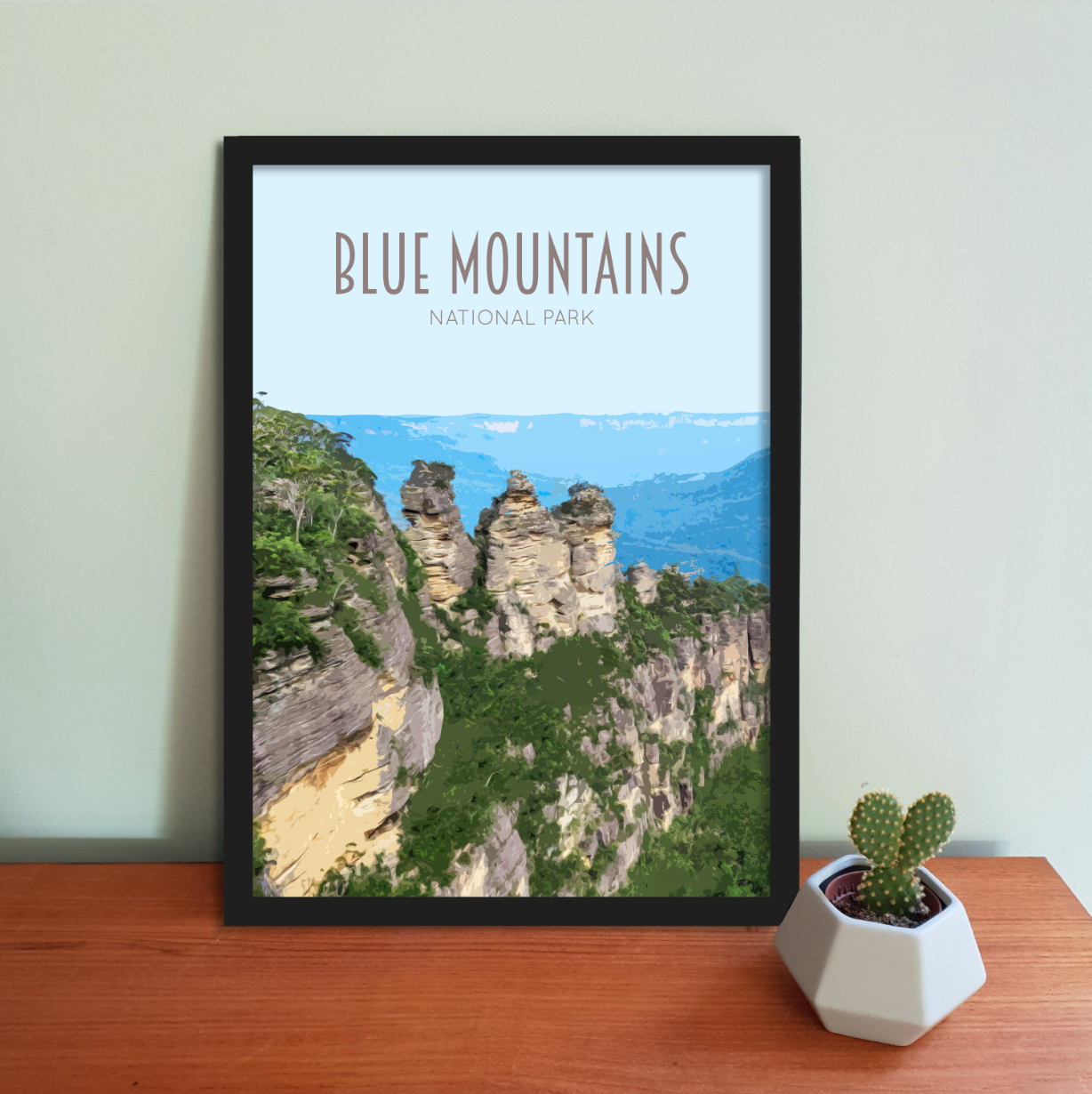
2 thoughts on “Sydney Self-guided Walking Tour Route”